Hydrangea Summer Love (Summer Love) - description
Content:
A low shrub hydrangea paniculata is a magnificent decoration of the garden. Long and spectacular flowering, easy care - all these features are fully possessed by the novelty - the Summer Love variety. Its inflorescences change their shade three times from snow-white to pink.
Hydrangea Summer Love (Hydrangea Paniculata Summer Love) paniculata: description
The key characteristic of the variety is a compact crown, which can be formed by a bush up to 1.5 m high or a tree up to 3 m high. What form the plant will take is decided by the gardener from the very beginning, carrying out systematic pruning in subsequent years.
A bush planted in spring blooms in the same year. Withstands winters with frosts down to -35 ° С. Branches do not resist the scorching sun and strong winds, therefore it needs a quiet shelter from the midday heat and gusts of wind.
The origin and appearance of Summer Love hydrangea
Under natural conditions, the shrub is found on Sakhalin, Japan and China. The ancestor of the Summer Love variety is capable of reaching 10 m in height, cultivated varieties are much more modest in size. The roots spread predominantly in breadth, covering an area much larger than the diameter of the crown.
In all hydrangeas, the leaf has a rich green color, ovoid. In the Summer Love variety, it is up to 12 cm long. It is considered a good honey plant. After the flowers wither, fruits are formed - boxes, inside which there are numerous very small seeds.
How the Summer Love hydrangea blooms
Inflorescences are very dense, pyramidal up to 35 cm long with a rounded apex. The first bloom usually starts in mid-summer and is snow-white. The second comes after three weeks and is already pale pink, and the third begins another three weeks later and acquires a deep pink color.
The long (up to 35 cm in length) hydrangea inflorescence consists of two types of flowers: some form seeds, while others crumble sterile. As the flowering progresses, the petals fall off. Infertile flowers are located at the base of the panicle and are larger in size.
Transplanting Summer Love hydrangea after purchase in open ground
The procedure depends on what time of year is chosen for planting. In the spring, this is done in April-May, when the soil warms up to 10 ° C. In this case, the bush has all summer and autumn to form a powerful root system. Autumn planting is carried out with simultaneous preparation for wintering, which involves sheltering a bush with underdeveloped roots.
What you need to plant hydrangeas
A soil with an acidity of 5.0 is poured into the prepared planting pit. Hydrangea does not tolerate calcareous and alkaline soils. You can make your own potting mix. To do this, take humus, leafy soil, sand and peat in a ratio of 2: 2: 1: 1. You also need to take care of watering. It is important for the shrub throughout the warm season.Ideally - place a barrel nearby for water sludge for irrigation.
Immediately after planting, the bush needs support, so it must also be prepared in advance. A metal rod or wooden lath with a height of at least 1.2 m is suitable. The support is buried 30 cm into the soil, and the central shoot is carefully tied to the ground part.
Choosing the best place
Hydrangea needs light, but either scattered or falling on it only part of the daylight hours. Areas against walls and fences, which provide shade in the afternoon, are suitable. In addition, the plant needs protection from strong winds, because of which it can take on a disheveled appearance due to the numerous broken twigs and twigs. In gardens, hydrangeas are often combined with pergolas. Ivy, girlish or ordinary grapes weaving along the translucent supports create much-needed shading.
Over time, the hydrangea grows and takes up quite a lot of space. Therefore, the planting hole is dug at a distance of at least a meter from any other plants. It is also not worth planting it under trees, too strong a shadow will not allow inflorescences to form.
Step-by-step planting process
It is necessary to act in the following sequence:
- They dig a pit measuring 30 × 30 × 30 cm.
- 2 buckets of water are poured into it, leaving for a day so that the soil is properly saturated.
- 40 g of superphosphate are mixed into the soil mixture.
- A peg is placed at the bottom of the pit.
- Lower the roots of the hydrangea, carefully covering them with the prepared soil mixture.
- The root collar is located flush with the soil level, it cannot be buried.
- Water immediately.
- Tie the bush to the support.
Reproduction of hydrangea Summer Love
All cultivated varieties of hydrangeas multiply easily, so there will never be a shortage of planting material after the very first bush appears on the site.
Propagation by cuttings
The best time to harvest cuttings is spring and summer. Before forcing the buds, the bushes are pruned to give them an attractive shape. Cut shoots are suitable for obtaining planting material.
For reproduction, take apical shoots with 2-3 pairs of leaves and make a cut at an angle of 45 °. The bottom pair is removed, and the remaining one is shortened, leaving half of the sheet plate. This is done to reduce the area of evaporation of moisture. The tip is also carefully cut to stop its growth. To accelerate the formation of roots, the cutting is immersed in an epin solution. Further, the rooting method is chosen: in soil or in water.
For rooting in soil:
- Take a container and fill it with soil with a pH = 5.0 reaction, to which some clean river sand is added for looseness.
- The cuttings are deepened into the soil to the level of the cut leaf pair.
- Cover with a clear plastic or glass cover to create a greenhouse effect.
- The optimum germination temperature for Summer Love panicle hydrangea is 18-25 ° C.
- In 3-4 weeks, numerous roots should grow, and new leaves hatch from the remaining buds.
- Successfully rooted cuttings are planted in separate pots and grown until next spring.
Rooting in water takes about two weeks. Cuttings are harvested in the same way. If the roots have grown successfully, then the plant is planted in a pot and placed on the eastern windowsill, where it is looked after until next spring.
Growing from cuttings
The event is held in the spring before bud break on the bush.The lower lateral shoots are bent to the ground and buried to a depth of 2 cm. It is best to secure the layering with a wire hairpin.
Watering the bush is carried out every day to keep the soil moist. If rooting is successful, then by the end of summer, young shoots will appear on the buried shoot. As soon as it grows 20-30 cm, a new bush is spud. In October, it is dug up and transplanted to a permanent place.
Dividing the bush
This method is also good for spring. In March, before bud break, the bush is dug out, trying to extract as many roots as possible. Then it is divided into several parts, trying to injure him as little as possible. Then each part is planted in a new place. The technique is also suitable for rejuvenating old bushes.
Summer Love Hydrangea Care
There are not so many key principles in caring for a shrub, but they should be followed carefully. An unkempt bush will grow extra branches, strangle itself, and flowering will never be abundant and lush.
Watering mode
The minimum watering regime is once a week. At the same time, 30 liters of water are poured onto 1 m² of planting. The soil under the bushes should always be slightly damp. If the region is arid and rains are rare, then watered as the soil dries out. A layer of mulch is placed around the trunk to prevent cracking, contain weeds and retain moisture in the soil.
Top dressing
For each top dressing, the shrub responds with active growth. With the first buds in full bloom, it is worth adding a full complex fertilizer to the soil. When buds appear on the shoots, add 60-80 g of superphosphate and 40 g of potassium sulfate per 1 m². Until September, the same top dressing is repeated twice. If, during watering, add a little potassium permanganate (to a slightly pink color) to the water, this will make the growing shoots stronger.
Features of care during the flowering period
Since the blooming inflorescences are very heavy, the shoots can bend strongly to the ground. To prevent this, they use bunching of branches, as well as the installation of props. For this, welded metal structures, a low (up to 1 m) fence, wattle, etc. are suitable.
Features of care during the rest period
When flowering is complete, all wilted inflorescences are carefully cut with pruning shears. Along the way, they cut out broken, damaged and growing shoots inside the crown. In addition to watering in the warm season before wintering, when all the foliage will fly around, it is recommended to carry out strengthening watering - 3-4 buckets of water for each plant. This will strengthen the roots.
Preparing for winter
For panicle hydrangea, IV climatic zone has been established. This means that the bush will withstand a drop in temperature to -35 ° C without damage to itself. However, this applies to mature plants. Young seedlings aged 1-2 years must be sprinkled with a thick (10-20 cm) layer of mulch for the winter. After the snow falls, it is best to throw snow on the bush with a snowdrift.
The Summer Love variety is one of the most spectacular in the panicle hydrangea. During flowering, white and pink candles attract bees, transforming the garden into a fairytale corner. Easy care and ease of reproduction are attractive qualities, as well as frost resistance.
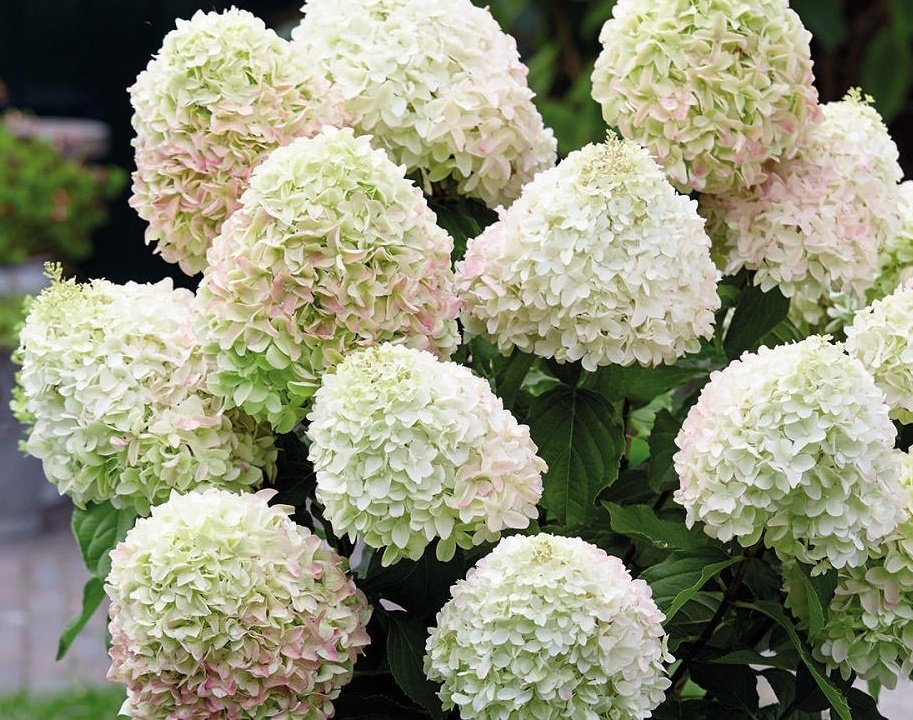

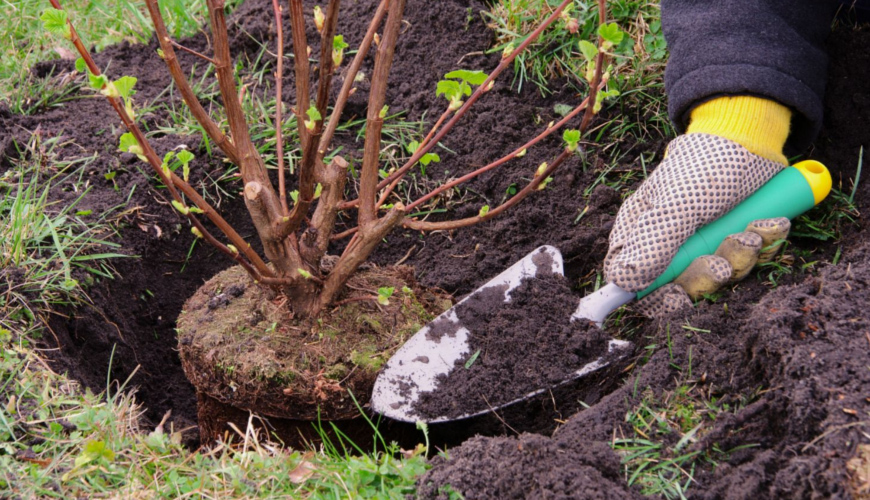

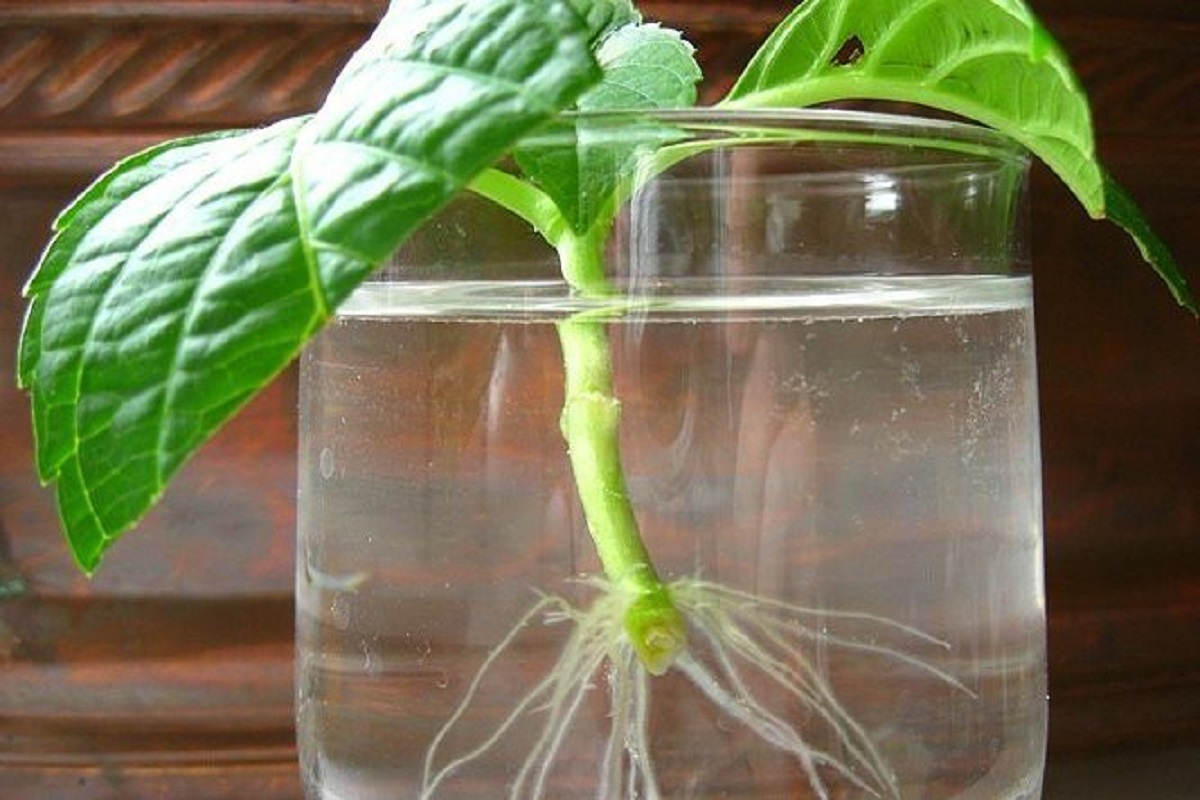
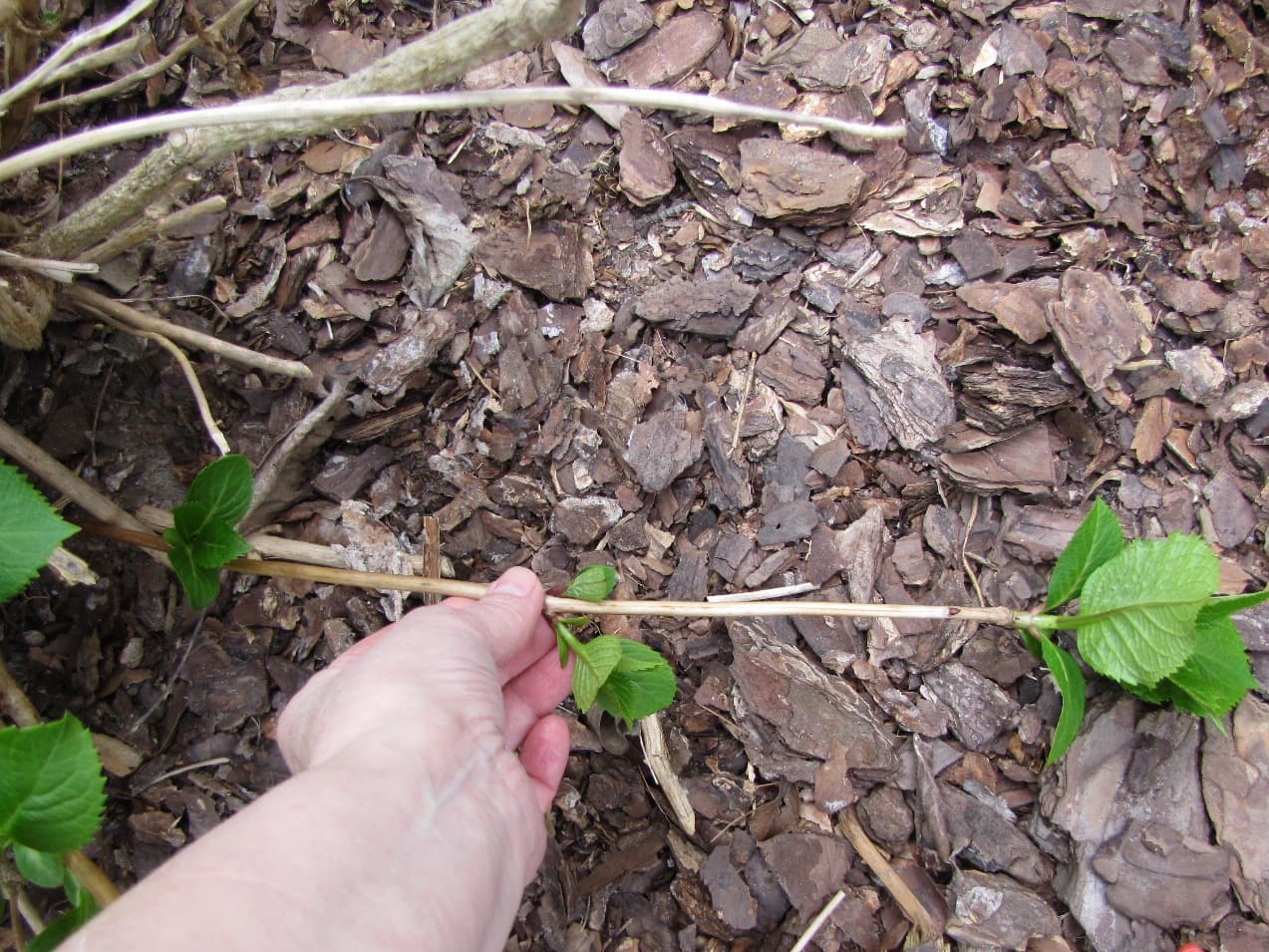


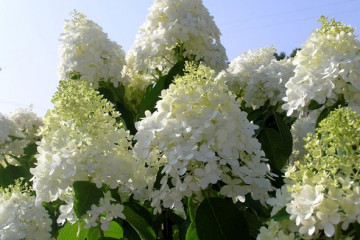
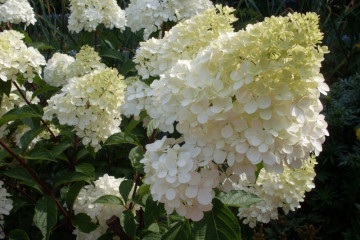

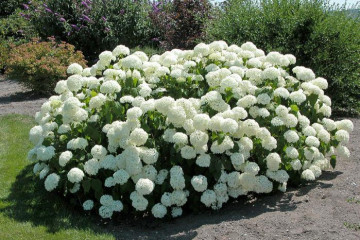











in the second photo hydrangea Vanilla Fries from the garden of Lyudmila Kudasova.